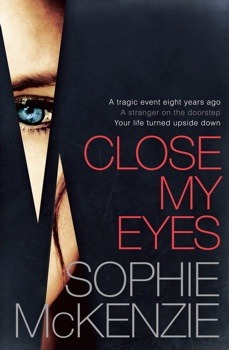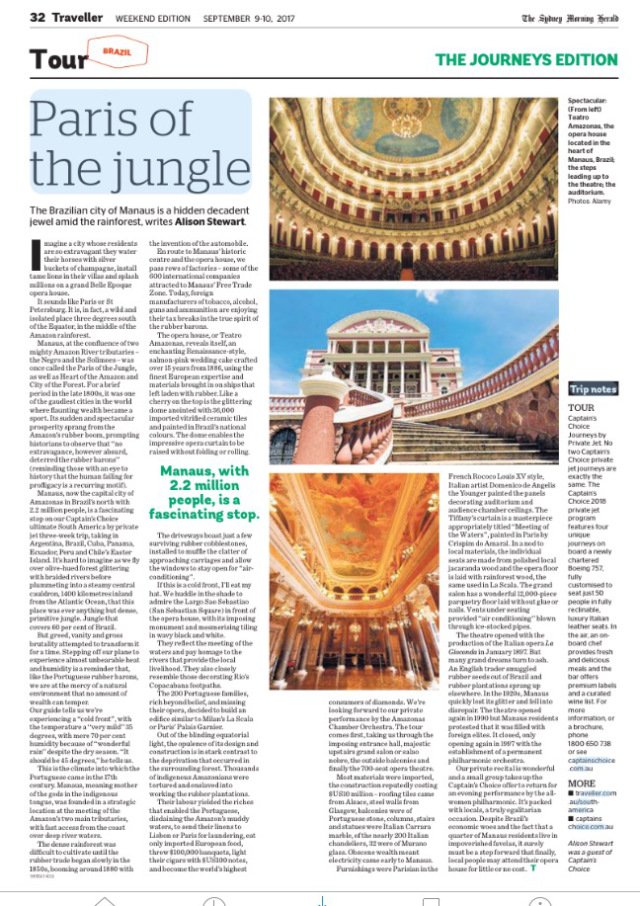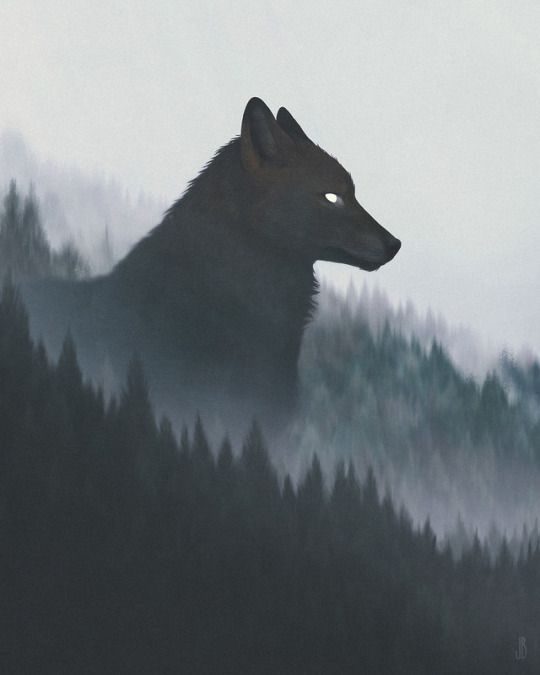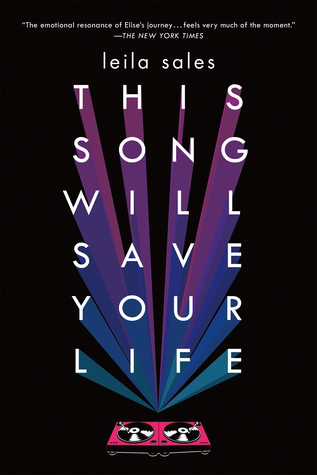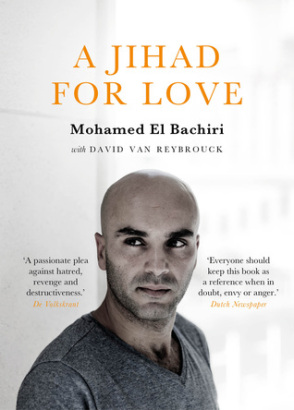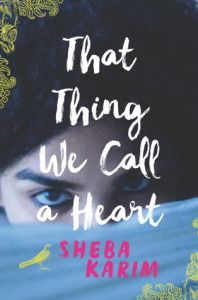 I started this for the “Religious MC” square on my #AsianLitBingo, but now I’m not sure if it really counts, because the MC did not consider herself religious. In fact, I think most of the people I know IRL would consider this – and several other books I’ve read featuring American Muslim characters – a “bad” representation of Muslims. I do not share this opinion. In fact, I found myself completely in love with this book, despite the fact that I think the cover’s kind of unfortunate. I don’t like real people on covers, and this particular cover makes this book look like it’s a depressing tragedy, rather than the amazing coming-of-age book that it is.
I started this for the “Religious MC” square on my #AsianLitBingo, but now I’m not sure if it really counts, because the MC did not consider herself religious. In fact, I think most of the people I know IRL would consider this – and several other books I’ve read featuring American Muslim characters – a “bad” representation of Muslims. I do not share this opinion. In fact, I found myself completely in love with this book, despite the fact that I think the cover’s kind of unfortunate. I don’t like real people on covers, and this particular cover makes this book look like it’s a depressing tragedy, rather than the amazing coming-of-age book that it is.
I love that this book shows that there are different kinds of Muslims, that some may be more religious than others, and that some may interpret things differently from others. Maybe it’s the fact that I spent most of my younger days feeling the way Shabnam did about religion. I live in a Muslim country, and while we have our share of liberals, the majority are the type to judge others on their decision not to wear the hijab, who think nothing of policies that discriminate against non-Muslims, who uphold cultural misogyny and racism and homophobia in the name of religion. I don’t wear the hijab now because once, I went to a school that forced me to wear it – we weren’t allowed into our classrooms even if our parents signed letters saying they wanted the hijab to be our own personal choice. I knew people who had been fired because they worked in an all-Muslim community, and had one photo on Facebook without their hijab on. I had friends who lied to their parents constantly because otherwise, they would never be able to watch a movie or have tea and cakes after work/school, even if it wasn’t a date, even if it’s with friends of the same gender. I have a friend who was basically ostracized from the Malay Muslim community at her university (overseas) because she was the only one who didn’t wear a hijab.
All of the stuff I described, these were real things, but they’re not Islam. Unfortunately, to a lot of the people I know, they are. So – I understand where Shabnam was coming from, of not wanting to be equated to all these assumptions about religion that may not even be true. And when her best friend Farah started wearing the hijab, the girls’ friendship began to fall apart.
That Thing We Call a Heart is one of those rare YA coming of age stories that isn’t quite all about the boy. There is a boy involved in this story, and at first I was a bit disappointed, thinking that Shabnam was just like all the YA protagonists, losing herself over a boy, but then – things turned around, and it really became about HER, and her friendship, and her finding her place in her family, her cultural history, the world. It did take me awhile to get used to Shabnam – at the beginning of the novel she seemed selfish and cowardly, the way she did not stand up for her best friend Farah, and the way she seemed to equate being a “normal” teenager to doing stupid things, like making out with the most racist boy ever. And the way she made up the story about her great-uncle, I was cringing, even as it made me curious about my own family. Shabnam admitted (to herself) that she never heard about what happened to her great-uncle, that she didn’t know much about the Partition. It made me think of all the questions I stopped asking as I grew older, even though now I may get different answers.
Between falling in love for the first time, trying to reconnect with her best friend, and learning to see her parents as interesting people rather than just “mom and dad”, Shabnam was facing a pretty unforgettable summer. And then there are all the subject matters brought up in this novel – when Shabnam met Jamie, their romance was only interesting to me because it became a catalyst for the conversations about poetry with her father, and her learning more about it. I loved the poems included, and wish there’s a good book of translated Urdu poetry. I’ll probably look it up now that I’ve finished this book, along with books to read more about the Partition. And that wasn’t all.
As I said, Shabnam’s made-up stories about her great-uncle made me wonder about my own family. Growing up, we never really talked about our cultural heritage. Many Muslims in Malaysia try very hard to be nothing but “Malay” (a race mostly constructed for political gain far back in our country’s history), and my parents were no different. But because both of them came from mixed families, we do acknowledge that – I knew that my mother’s family were from Afghanistan or Pakistan (she changed her answer the few times I asked as a kid), and from Kolkata. I knew that my dad’s family were from mainland China, and from Sulawesi. But that was about all I knew. When Shabnam was making up stories to her class, I stopped reading, and texted my mother, asking her more questions. Some were questions I’ve asked before but framed differently now. Some were new questions – like if we had family there during the Partition.
It turned out that my (matriarchal) grandmother’s family were originally from Kabul, but moved to Mardan. They left Pakistan when the British took over, and came to Malaya. My late grandmother was the first generation to be born in Malaya (now Malaysia). My late grandfather was second generation Malayan, and his family came from Kolkata in the late 1800s. I don’t remember much about my late grandmother – she passed away when I was very young. My late grandfather passed away when I was around ten, and I remember that he loved animals – his backyard felt like a zoo – and that he spoke six or seven languages. My mother barely speaks any Urdu or Hindi, although she could understand bits from Bollywood films. She used to explain a few phrases to me when we watched films together, but I don’t speak it at all. And reading this book, I think it’s a shame because like Shabnam, I would’ve liked to be good enough to read Faiz in the original.
Advertisements Share this: